Black Bears vs. Grizzly Bears: How to Tell the Difference (and Why It Could Save Your Life)
Published June 14 2023, 5:01 p.m. ET
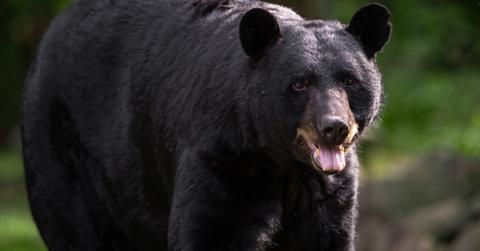
You're not imagining it — there's an increase in bear sightings across the country. And while many people's Ring cameras have caught a mighty bear sifting through the trash or swimming in their pool, others have stumbled upon them on hikes or out for a jog.
There's no doubt spotting a bear is alarming, especially if it's casually strolling through your neighborhood. But knowledge is power, and knowing the type of bear you've come across could help you better plan your reaction.
So, what would you do? If your first thought is to run away as fast as you can, it may trigger a chase response which would be much more dangerous if you came across a grizzly bear instead of a black bear.
What is the difference between a black bear and a grizzly bear? Let's find out.
What's a black bear?
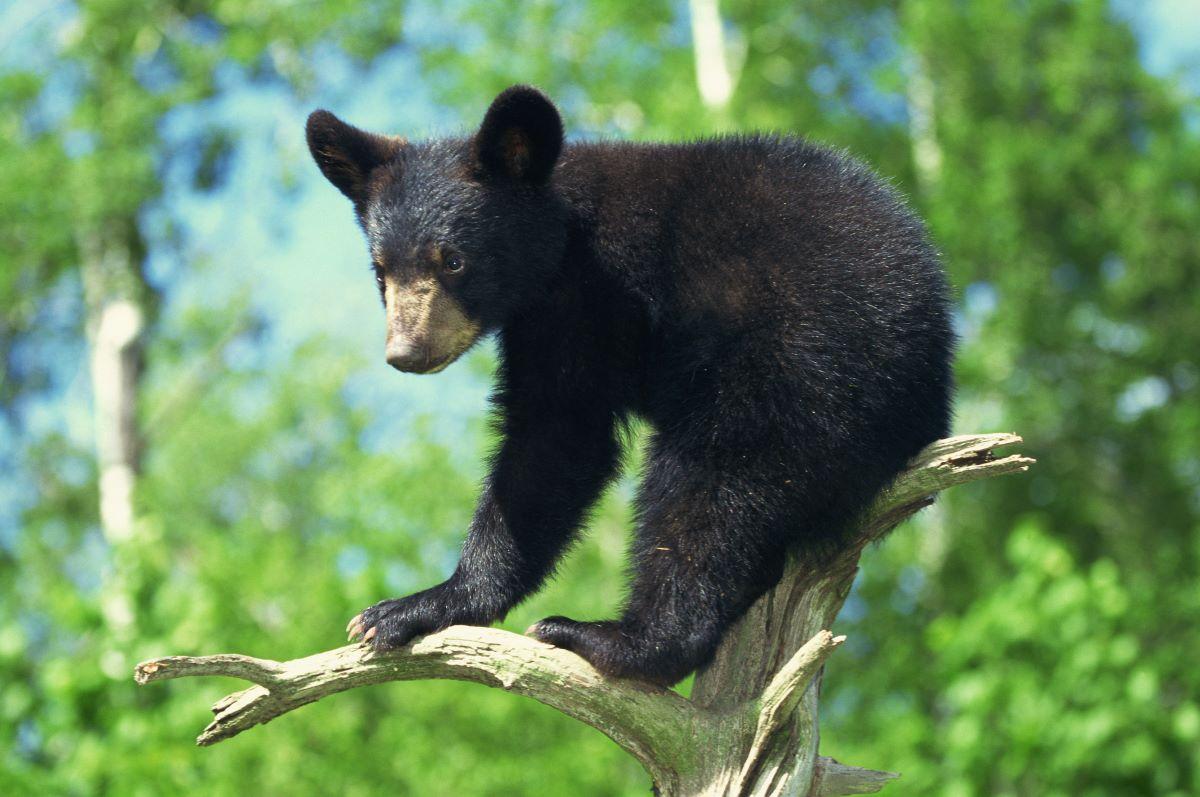
The black bear is a common, medium-sized bear native to North America. Black bears are omnivorous, but the National Parks Service reports their diets vary depending on the season, location, and what's available. They tend to eat mostly berries, insects, fish, nuts, and small animals.
Despite being called black, these bears can come in many colors, like brown, cinnamon, and white. Black bears are usually found in the forest, mountains, and swamps.
What's a grizzly bear?
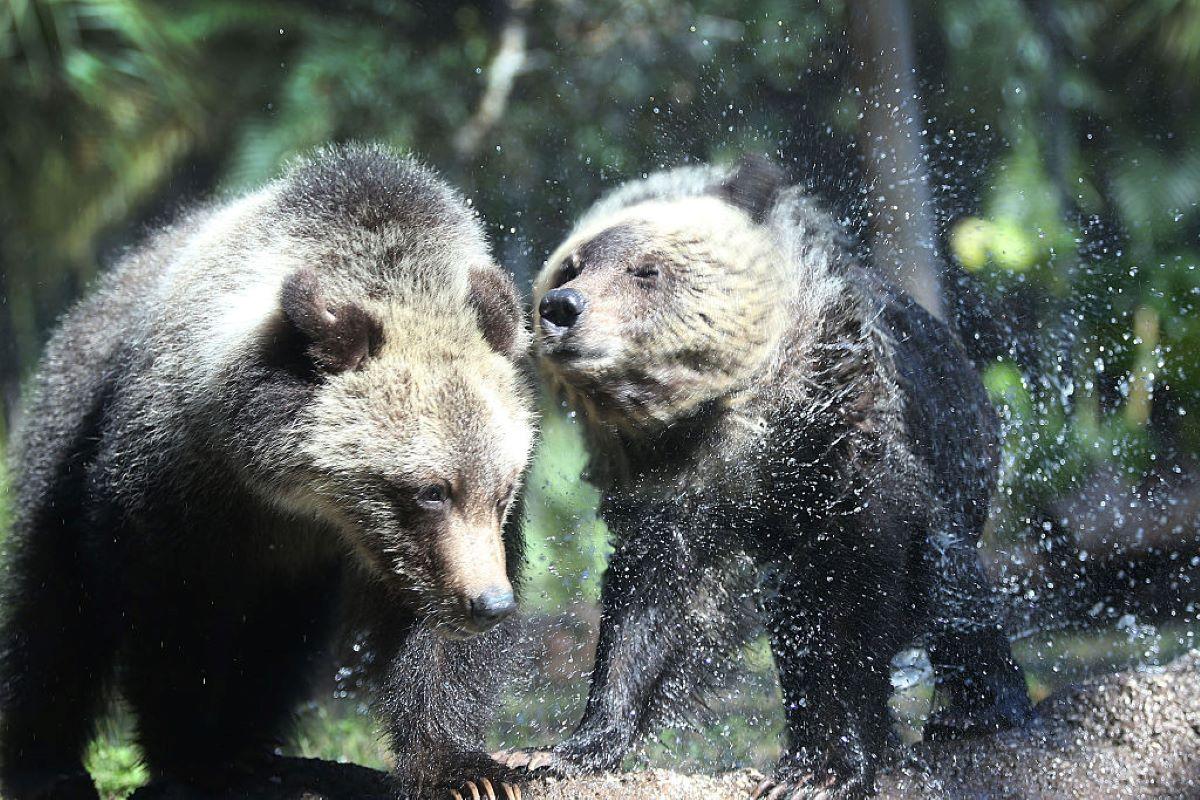
A grizzly bear, also known as the North American brown bear, is known for its grizzly fur which is brown and sometimes features golden or grey highlights. Larger than black bears, the National Wildlife Federation reports a grizzly typically weighs between 400 to 600 pounds, but larger males can tip the scales at 1,500 pounds.
Grizzly bears are more carnivorous than black bears and will eat fish, small animals, large mammals, insects, grasses, and berries.
What's the difference between a black bear vs. a grizzly?
It's essential to know the difference between these two bears, and if you can identify them correctly, it can help you remain safe in their company. While bear attacks are typically rare, their behavior is highly unpredictable, so knowing as much as possible about different kinds of bears in your area will help you understand how to best proceed, advises the National Parks Service.
At the very least, speak calmly to show the bear you aren't a prey animal and remain still until they pass.
Height and weight
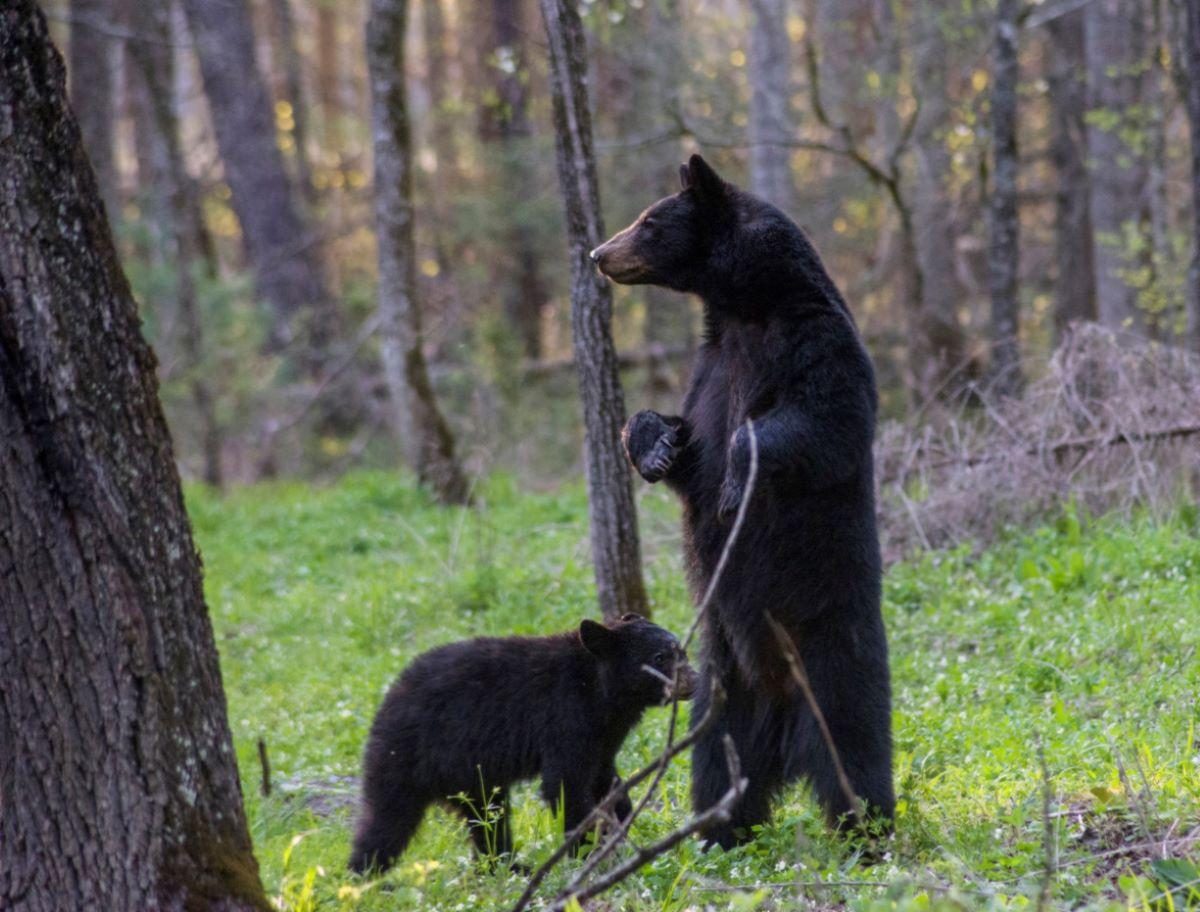
- Black bear: Black bears typically stand between 2 to 4 feet tall at the shoulder when on all fours and can weigh anywhere from 130 pounds to around 400 pounds, according to PBS. A black bear's rump is higher than the shoulders.
- Grizzly bears: A grizzly bear is about 3 to 5 feet tall at the shoulder when on all fours, and can weigh anywhere from 400 to 600 pounds, but some large males can tip the scales at 1,500 pounds. A grizzly's rump is lower than the shoulders.
Facial features
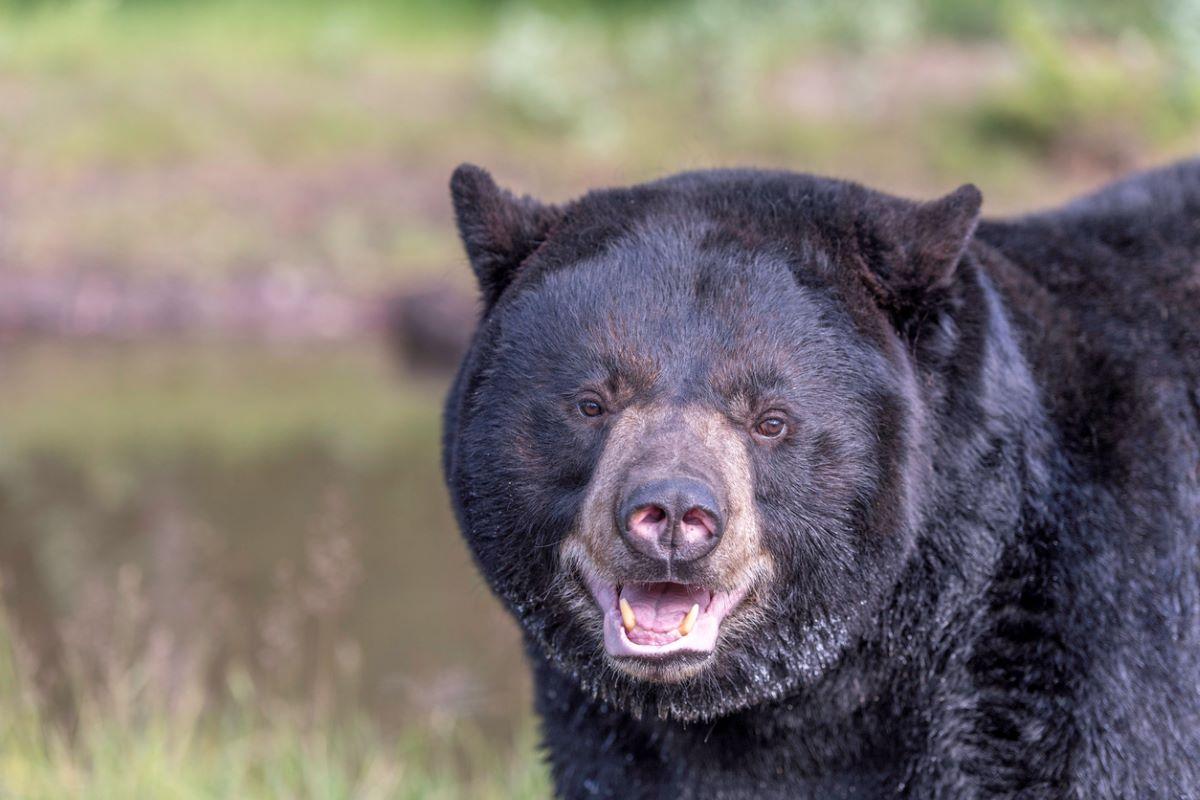
- Black bear: Black bears have a straight profile from the between the eyes to the tip of the nose, and their ears are taller and more pointed.
- Grizzly bears: A grizzly bear has a larger, more muscular face and a dish-shaped profile, which means it looks like it's dished in between the eyes and the tip of the nose, and their ears are shorter and rounder than the black bear.
Color
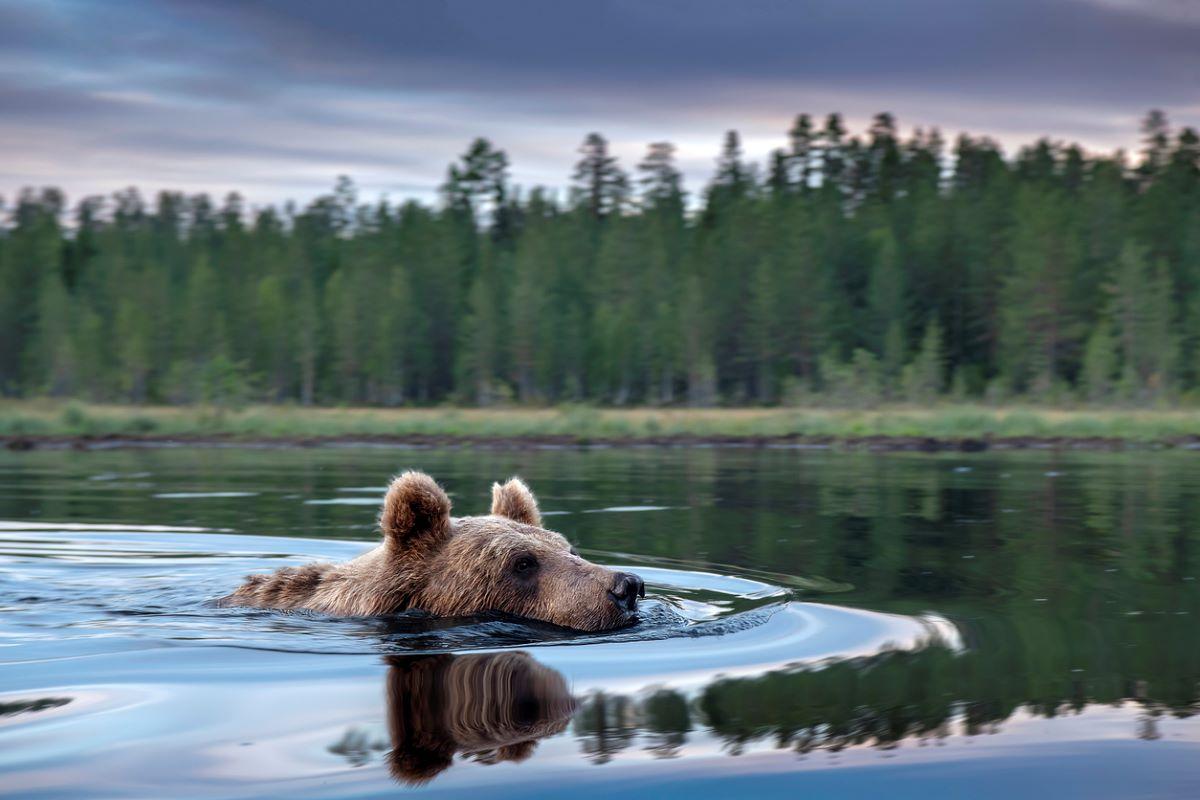
- Black bear: Despite their name, a black bear's coloring can range anywhere from gray to cinnamon and black to white.
- Grizzly bears: Grizzly bears typically have lighter coloration around the face and tip of the snout, while black bears don't. Grizzlies may also have hints of gray and gold in their fur.
Claws
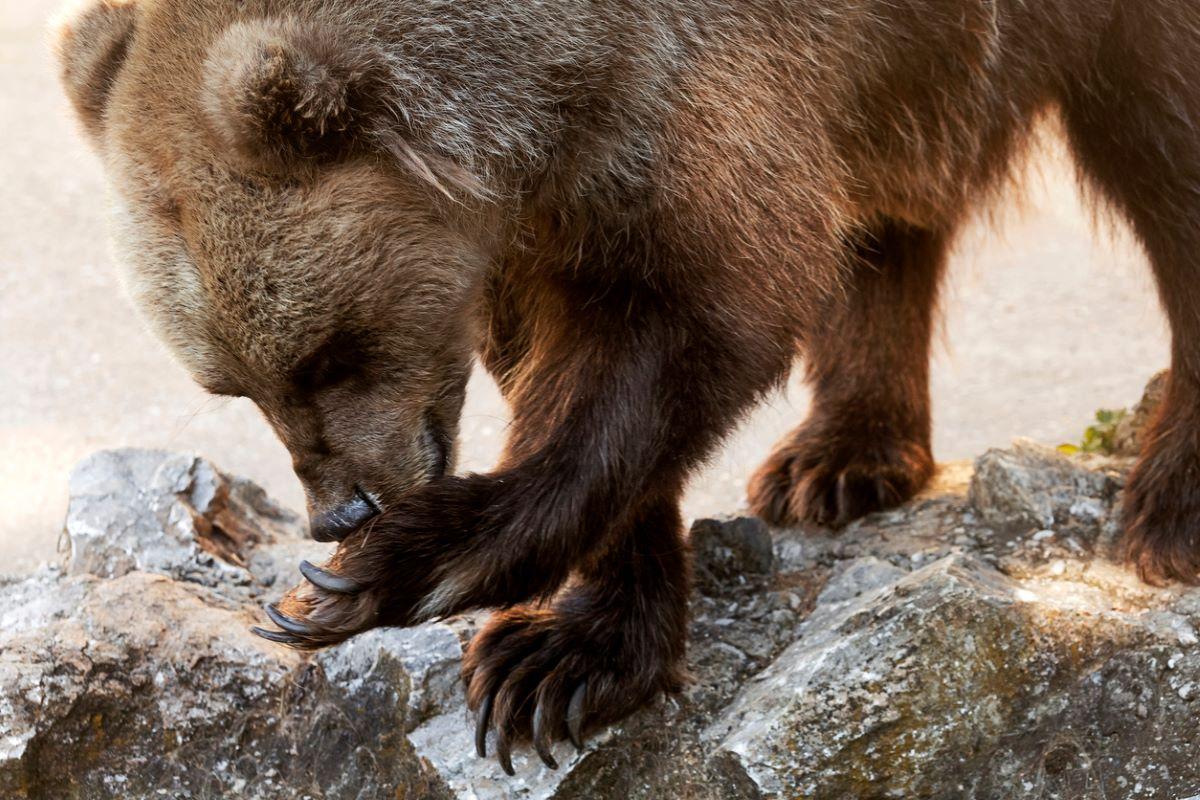
- Black bear: The claws of a black bear are typically about 1 to 2 inches long, darker in color, and they are more curved, which helps them with climbing trees. Their toes are separated and form a straight line.
- Grizzly bears: A grizzly bear's front claws are about 2 to 4 inches long and straighter than a black bear, which aids them with digging and looking for food in the ground. A grizzly's claws are also lighter in color and vary from yellow to brow, and their toes are separated and arced.
Speed and strength
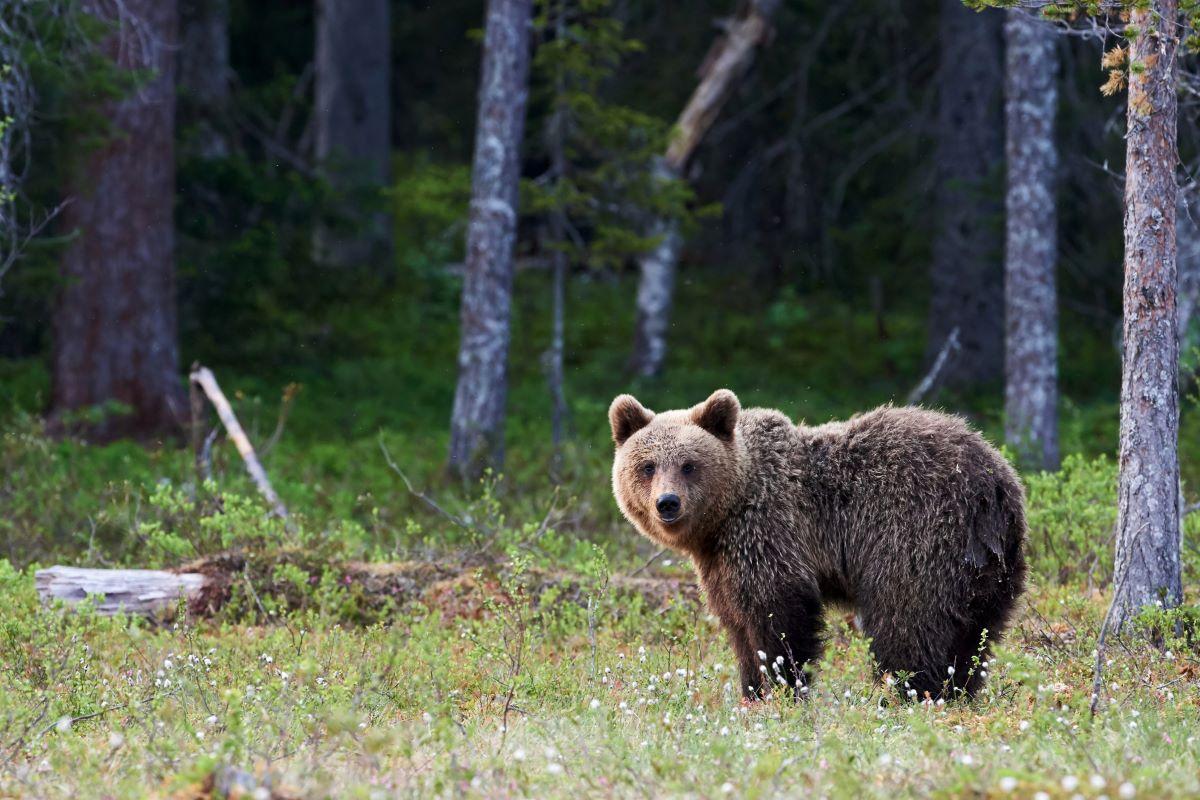
- Black bear: A black bear can reach up to 35 miles per hour, per the North American Bear Center.
- Grizzly bears: Grizzly bears can run slightly faster and can reach up to 40 miles per hour. When comparing strength, a grizzly is considered stronger than a black bear and they have a stronger bite too.
Danger
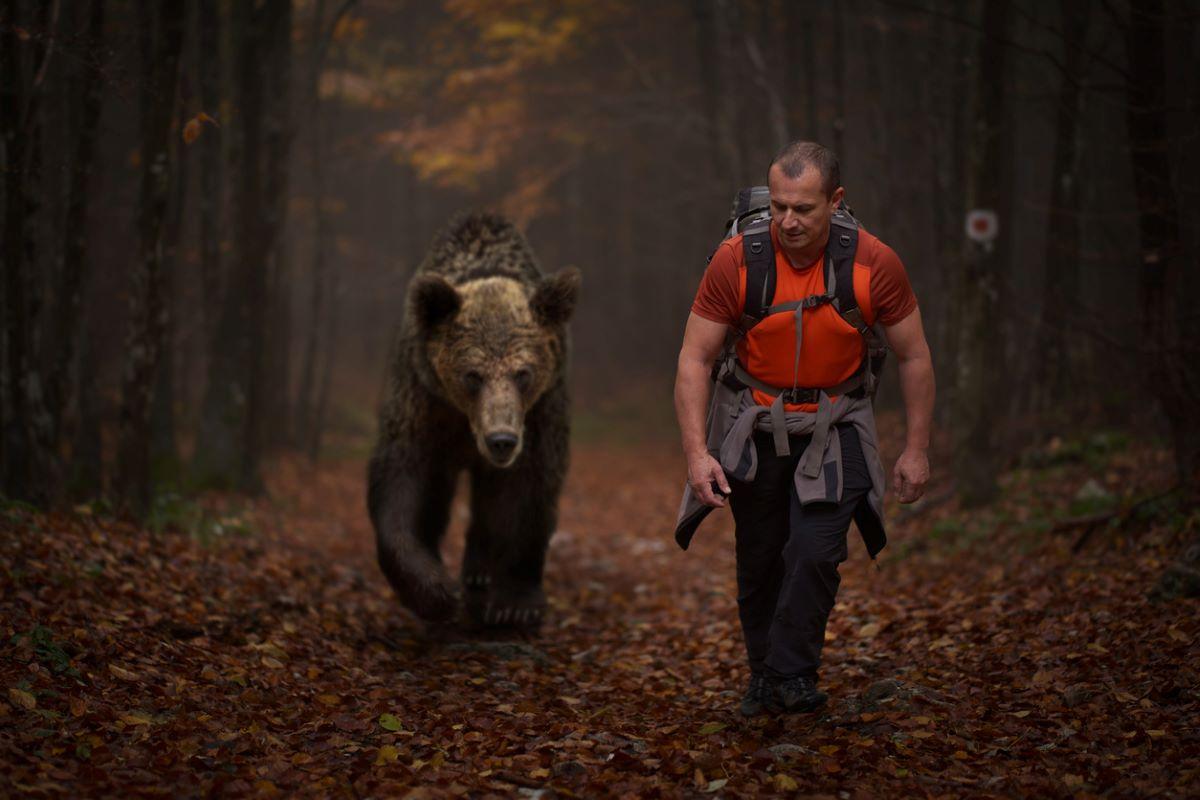
- Black bear: While black bears are a little less aggressive than Grizzlies, they are still powerful and can pose a threat to humans.
- Grizzly bears: A grizzly bear is larger, stronger, and more aggressive than a black bear, as reported by Montana State University, and more likely to attack if they feel threatened. Grizzlies have caused more human deaths.